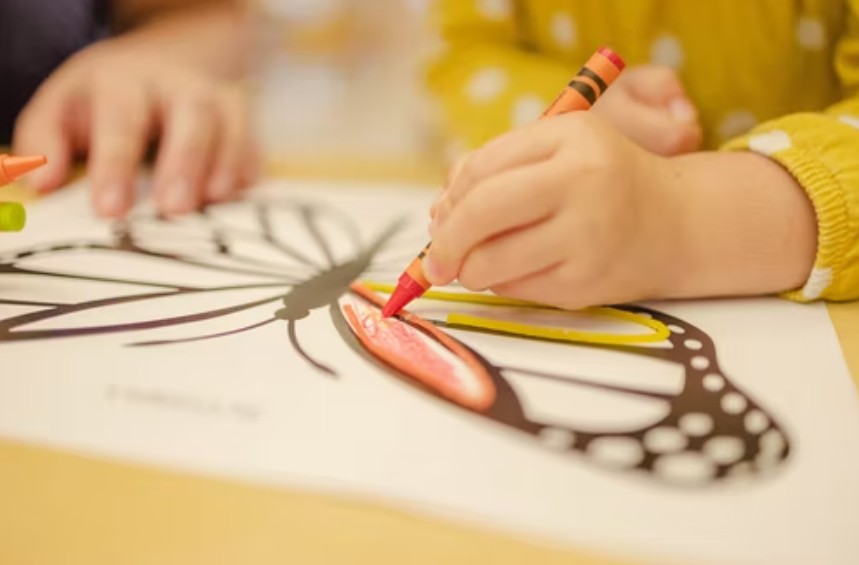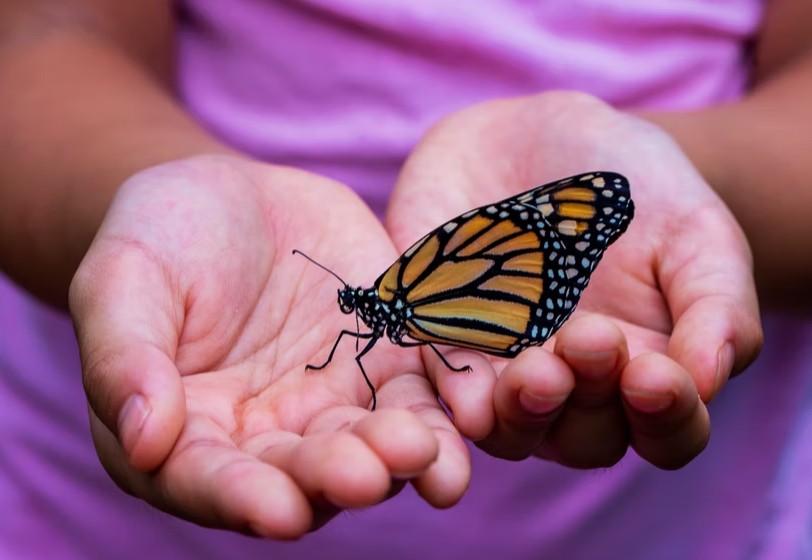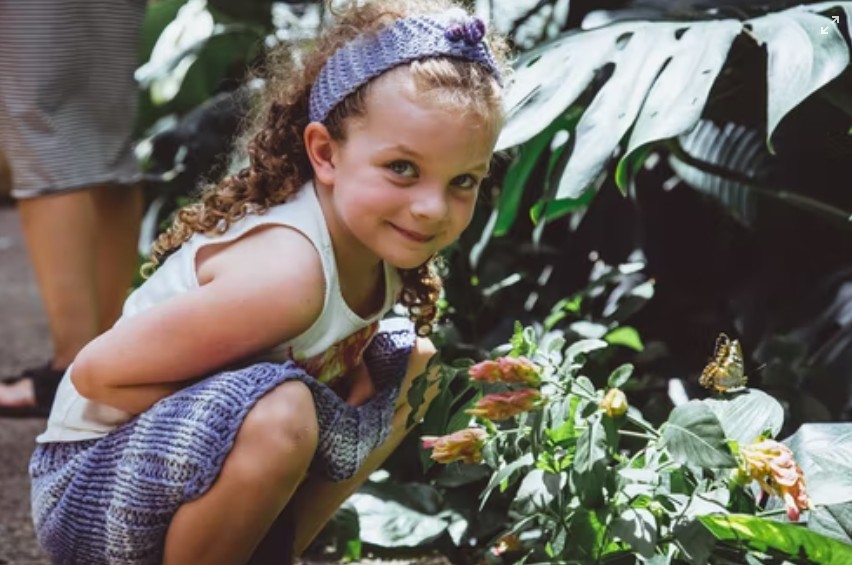
Why Butterflies Are So Important to Children’s Literature
Butterflies are a symbol of change and growth. They represent the transformative nature of childhood, when life is constantly in flux — going from toddler to tween, then teen and beyond. The butterfly has evolved over millions of years to survive in all parts of the world; it is one of the most beautiful creatures on Earth. Butterflies are also symbolic for children’s literature because they represent change and adaptation in just about every book you can think of!
Seeing them more often in children’s books

As spring warms into summer and the butterflies come out, there’s a good chance you’ll be seeing them more often in children’s books, too.
Butterflies are one of the first insects to emerge in the spring, and they’re a common symbol of spring—one that can sometimes get a little sappy. In most cases, though, their appearance means something more profound: change is coming or has arrived. Butterflies represent rebirth and new beginnings as well as other concepts like growth and renewal (and just straight-up “change”).
Lifecycles and migrations that are fascinating for readers.
Butterflies have very interesting lifecycles, and many species of butterflies migrate. These facts are fascinating to children and can be a great way to introduce them to the natural world. Many children’s books feature butterflies, including “The Very Hungry Caterpillar” by Eric Carle, “Maurice Sendak’s Where the Wild Things Are.
The author of “Where the Wild Things Are,” Maurice Sendak, uses figurative language to describe butterflies. For example, he compares them to angels and flowers.
He also uses similes, such as “The butterfly was so happy that it danced around her head like a bright yellow halo.”In addition, he uses metaphors in order to portray butterflies as beautiful creatures. For example, he states that “Butterflies are like angels with big wings.”” and “Pippi Longstocking.”
The Very Hungry Caterpillar by Eric Carle is a classic book about the life cycle of butterflies that children love to read. This book shows kids how caterpillars become butterflies, which is an excellent introduction to nature for young readers.
Butterflies can be used as a subtle metaphor for learning to read.
Butterflies are a good metaphor for learning to read because they are:
- Beautiful. Butterflies are beautiful, fluttery creatures that can be seen as a natural symbol of learning.
- Interesting. Butterflies are interesting in their own right and don’t need any help from symbolism to be fascinating; their very nature can captivate the imagination of children.
Butterflies can also be used as a subtle metaphor for learning to read because they’re not artificial like many other critters in this genre (e.g., rats) or too specific (e.g., caterpillars). They’re an organic symbol that’s neither overly complex nor overly vague; instead, butterflies offer just enough detail to make them intriguing without being distracting or contrived—the perfect choice for your child’s first encounter with words!
Kids find interesting

Butterflies are fun to compare and contrast with other animals that kids find interesting.
Butterflies are beautiful and colorful, and kids love them. They’re a great way to introduce children to the science of metamorphosis. Butterflies also make great comparison-and-contrast subjects with other animals that kids find interesting (like cats or dogs). This ability to help children understand other insects makes butterflies even more valuable as a literary tool.
Perfect example of how science works
Butterflies are a great example of how science works — and how you can use your observations to learn more about the world around you.
For example: Butterflies go from egg to caterpillar to pupa, then they emerge as winged creatures that can fly. This is called their “life cycle.” But what makes this so interesting is that it’s not just butterflies who go through this process; many insects do it too! For example, if you see a mosquito flying around at night but don’t see one flying during the day, that’s because mosquitoes have to lay their eggs first before they can become adult mosquitoes themselves. You might also notice that every time they land on your arm or leg, they stick around for a few minutes before moving on again — this is because they’re looking for somewhere moist (like sweat) where they can lay their eggs without being disturbed by anything else in their environment.
Butterflies can be used many ways in stories
Butterflies are a common theme in children’s literature, and can be used in many creative ways. You can use butterflies to introduce an overarching theme, demonstrate natural processes, or simply as a symbol of connection with nature.
The most obvious way that butterflies are used in stories is to teach children about their lifecycle. This may include details about how the caterpillar changes into a chrysalis and then again into a butterfly (and sometimes even more than once) before becoming an adult butterfly. The process of metamorphosis teaches kids how life works in general: how things change over time, how they start small and grow large through hard work and perseverance. It also teaches them that they’re not alone—even though they’re changing from one thing to another (like a caterpillar), they’re still connected with their family members who have been there throughout these changes!
Instantly attractive to children
Children love beautiful colors, patterns and shapes, so butterflies are instantly attractive to them. Their bright colors also allow children to easily identify different species of butterflies and make learning fun. The fact that some species of butterfly have wingspans up to 6 inches helps add an element of magic to these insects as well.
In addition to their beauty, butterflies can be funny or silly characters in books for children. They often show up unexpectedly when the story calls for something unusual or whimsical (such as a caterpillar sitting in a tree reading a book). This makes them stand out from other animals like dogs or cats who don’t typically play these roles in stories.”
Makes kids better environmental stewards
Kids will also learn that insects are not the only bugs that can be beautiful. Butterflies’ colorful wings and intricate patterns make them a great choice for teaching kids about color, pattern recognition, and flight. This makes butterflies a great tool for helping kids understand that there are multiple ways insects can be beautiful—and even beneficial to humans!
In addition to being pretty, butterflies have other qualities beyond their appearance that make them useful in children’s literature: they’re migratory animals who travel long distances to escape winter conditions (like many children do during the summer months), they live at different altitudes throughout their lives (like some children move from city life to small towns or rural areas), and they have complex life cycles (like many children experience changes in their families).
Butterflies are beautiful and slightly magical, which makes them perfectly suited for children’s books!
Butterflies are beautiful and slightly magical, which makes them perfectly suited for children’s books! In this post, we’ll be taking a look at some of the most important butterflies in children’s literature.
We’ll start off with a brief history of butterflies and their role in literature, then move on to a list of our favorite stories about these lovely creatures.
Conclusion
There’s no doubt that children love butterflies, and there are so many different reasons why they make great subjects in children’s literature. They are beautiful, they represent change and transformation, they’re fun to compare with other insects, and they can be used as a subtle metaphor for learning to read or an overarching theme. Butterflies can even be used as a symbol for connection with nature! So don’t let another summer go by without finding some books about these amazing creatures that will delight your little ones